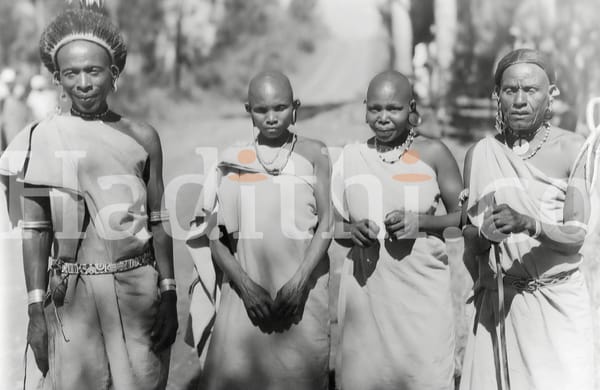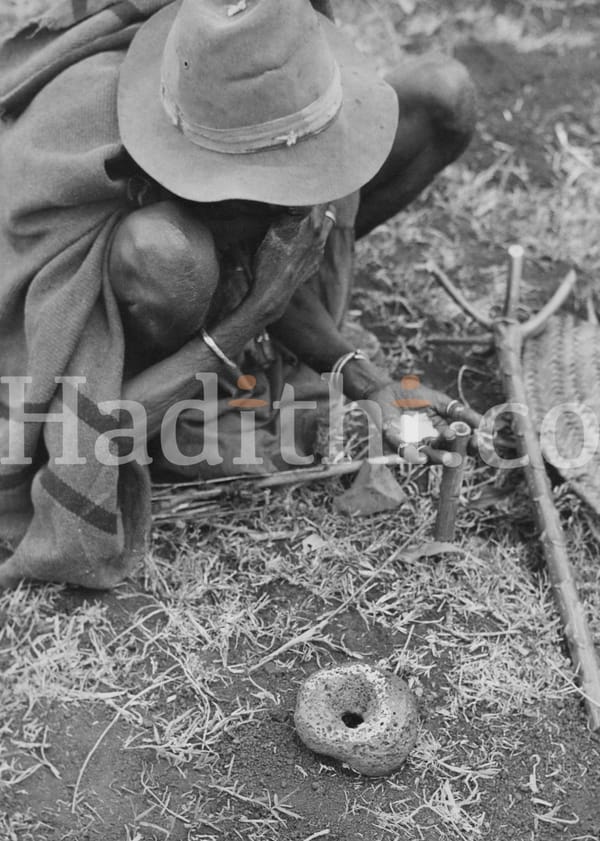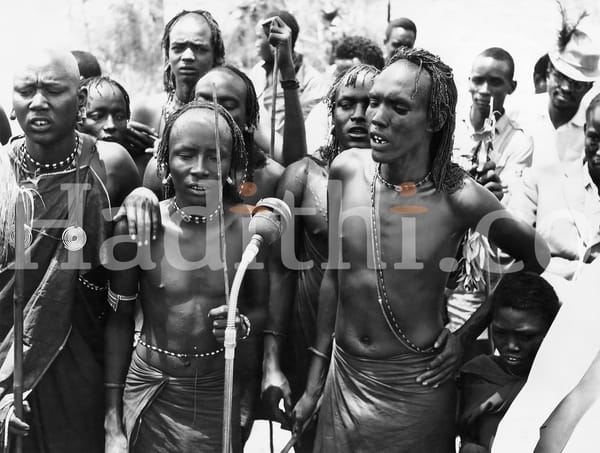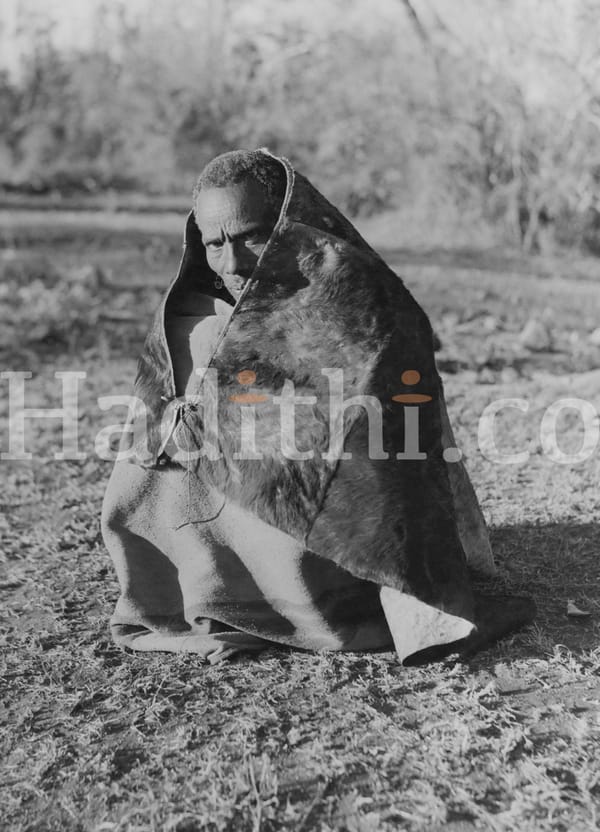The Samburu People: The "Butterfly People" of Northern Kenya
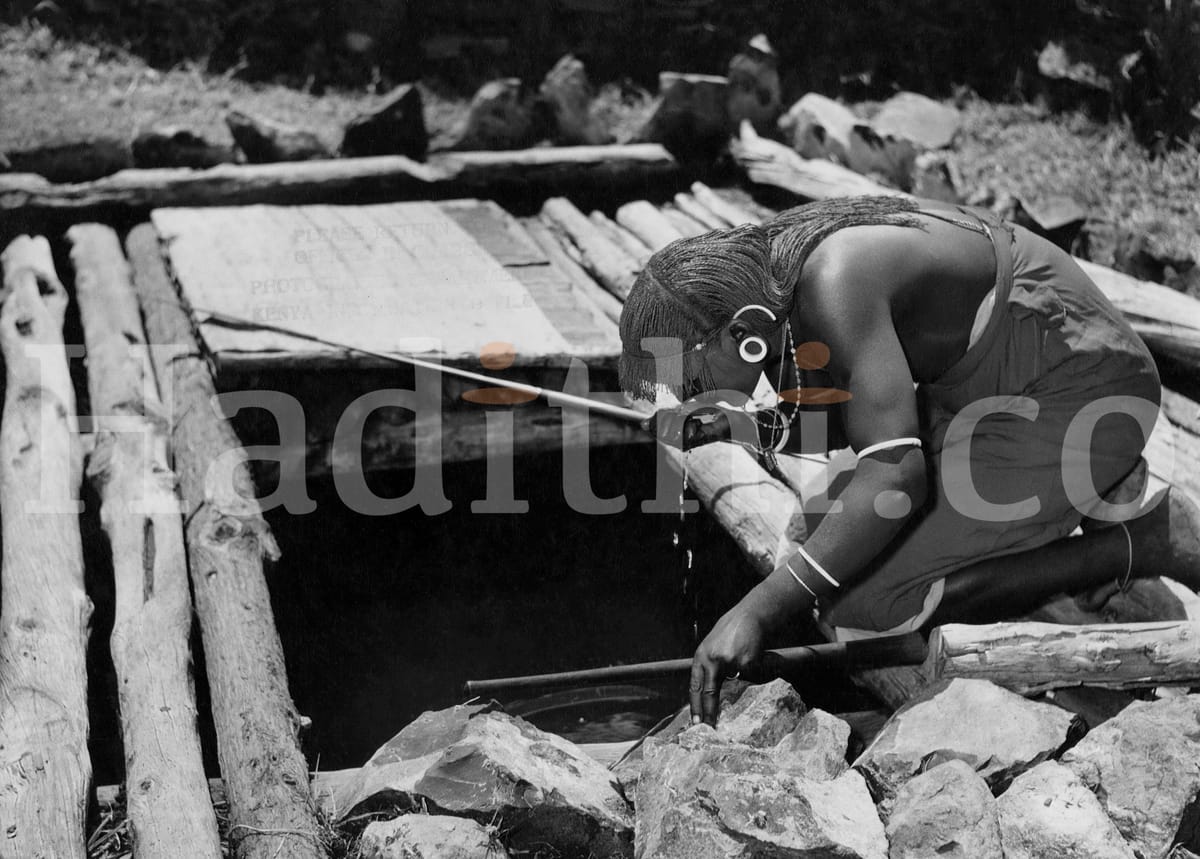
Introduction
The Samburu people, a semi-nomadic ethnic group in northern Kenya, are renowned for their vibrant culture and striking visual identity. Often referred to as the "Butterfly People" by neighboring tribes, particularly the Maasai, this nickname encapsulates their colorful attire, intricate beadwork, and elaborate hairstyles that evoke the beauty of butterfly wings. This article explores the origins of this moniker, the significance of their traditional practices, and the roles of the Samburu Morans, the young warriors who embody much of this cultural expression.
Cultural Significance of the "Butterfly" Nickname
The term "Butterfly People" originates from the Samburu's distinctive aesthetic, characterized by bright colors and intricate designs. Their attire is adorned with vibrant hues, primarily made from natural dyes, beads, and other materials. The nickname reflects not only the visual impact of their clothing but also the deeper cultural narratives woven into these adornments.
Visual Impact
Samburu men and women wear clothing made from brightly colored shukas (cloaks), often dyed in reds, blues, and yellows. The young male warriors, known as Morans, are particularly noted for their red ochre-dyed hair and layered beaded necklaces. This striking appearance resembles the patterns and colors found on butterfly wings, creating a strong visual identity that is immediately recognizable.
Symbolism and Status
The intricate beadwork worn by the Samburu is not merely decorative; it carries significant cultural meaning. Each pattern and color can indicate various aspects of the wearer's identity, including age, marital status, and social rank. For instance, certain colors may signify youth or maturity, while specific designs might be reserved for particular ceremonies or rites of passage. This fusion of beauty and significance underscores the Samburu's rich cultural heritage.
The Role of Morans in Samburu Society
The Morans, young male warriors, play a crucial role in Samburu culture. Their responsibilities extend beyond mere aesthetics; they are central to the community's defense and social structure.
The Life of a Moran
Morans undergo rigorous training and initiation rites that prepare them for their roles as protectors of the community. This period of warriorhood is marked by distinctive practices, including the dyeing of their hair with red ochre and the wearing of elaborate beadwork. The transformation into a Moran is a significant rite of passage, often celebrated with ceremonies that involve singing, dancing, and feasting.
Social Duties
In addition to their protective role, Morans are responsible for herding cattle, a vital aspect of Samburu life. Cattle are not only a source of food and income but also hold cultural significance, representing wealth and status. The Morans' attire serves as a reminder of their dual role as warriors and caretakers, embodying the strength and beauty of the Samburu spirit.
The Importance of Beadwork
Beadwork is a cornerstone of Samburu identity. Both men and women engage in the creation of intricate bead designs, which are integral to their clothing and accessories.
Craftsmanship and Community
The act of bead-making is often a communal activity, fostering social bonds and cultural transmission. Women, in particular, play a vital role in this craft, creating pieces that reflect both personal and communal identities. The designs often tell stories, depicting the wearer's life experiences and aspirations.
Economic and Cultural Exchange
The trade of beadwork with neighboring tribes has also contributed to the economic sustainability of the Samburu people. This exchange fosters cultural dialogue, enriching the Samburu's artistic expressions while also promoting their visibility within the broader socio-economic landscape of Kenya.
Conclusion
The Samburu people, celebrated as the "Butterfly People," embody a unique blend of beauty, strength, and cultural richness. Their vibrant attire, intricate beadwork, and the significant role of the Morans contribute to a striking identity that resonates deeply within and beyond their community. This nickname not only highlights their visual splendor but also reflects a proud cultural heritage that continues to thrive in the face of modern challenges. The Samburu's dedication to their traditions, embodied in their art and social structures, ensures that they remain a vital part of Kenya's cultural tapestry.

